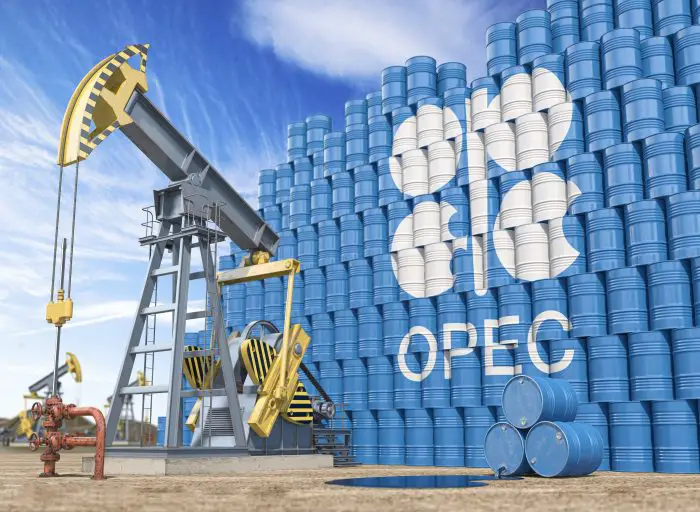Will OPEC cut production further? Explore what is a break-even point for OPEC countries. What is the break-even point of Shale oil in Texas? What is the break-even point for US Oil?
A company’s profit is a function of both price and cost of production. The two aforementioned elements are instrumental for a firm’s policies and market strategies. When a company is faced with a price higher than it’s the cost of production, the company is incentivized to increase output. On the other hand, when the cost of production is higher than the price, then the company will engage in lowering product.
COVID-19 crisis initiated a series of fall in prices when it comes to the oil production industry. OPEC countries and its allies OPEC+ were caught with oversupply in the middle of these crises. This combined with a significant fall in demand caused a free-fall in oil prices. Prices have fallen way below the break-even point of many countries, causing significant losses to them. To have it tackled, those countries have engaged in agreements to cut the oil production to bid up the prices. This article will elaborate on the break-even points of oil-producing countries as well as provide you with the likelihood for them to continue the cut furthermore.
When governments all over the world resorted to total lockdown to address the COVID-19 crisis, people found themselves sitting at home with no demand for oil. Moreover, as heavy travel restrictions were imposed, airline companies significantly reduced their oil demand. This translated to a decrease in oil prices. In response to this, OPEC+ has decided to cut production, which has proven to be effective. The WTI benchmark has increased from 20$ in late March to 40$ now. This helped stop the bleed of many oil-producing countries and gave them a chance to slowly increase their profits.
Not all countries have suffered the same loss, some of them were even able to continue their production at low-level prices. This all depends on the break-even point for oil prices that each country has. That is, what is the oil price level needed to cover all the expenses of the company and be able to generate profit. In other words, your revenues and the total cost should equal to each other. Each country has a different breakeven point. And because of this difference, it was initially hard to reach a production cut agreement.
Saudi Arabia, the main actor in OPEC, has high break-even point because the biggest portion of its income comes from the oil industry. To run the country and generate profit Saudi Arabia needs the price of the barrel to be at least 80$. So, Saudi Arabia’s break-even point is 80$. It is said that the breakeven point of Saudi Arabia has been pushed to 80$ because of the increasing cost to run the country. When it comes to oil cost production, Saudi Arabia has the cheapest cost at $2.80 per barrel.
When it comes to Russia, the leader of the country has stated that a break-even point of 40$ per barrel is satisfactory for the country. Whereas when it comes to the US, the break-even point is around 50$ per barrel. As for Shale oil in Texas is around 51$ per barrel.
From the main actors of oil-producing countries, all of them vary in their breakeven point. That’s why it was significant to them to have coordinated moves on oil production. Initially, Saudi Arabia was maintaining the same level of production rising a price war with Russia. Other countries had to intervene and ask for also the kingdom’s cooperation, as their cost of production could not facilitate such level of production.
However, on the last meeting that took place this Wednesday, OPEC countries and its allies have come to an agreement that allows easing production cut. This comes in light of an increase in demand for oil. As the government have moved forward to ease restrictions more people are returning to work, the economic recovery is slowly taking places and therefore the oil demand is increasing. This can also be observed by an increase of 18% on oil prices recently.
Although the demand has increased and OPEC leaders have called to ease oil production cut there’s still a lot of uncertainty. People behaviors have changed drastically, online shopping, food delivery, and working from home are still playing a big part in our daily life, thus affecting the oil demand. Also, when it comes to airlines and travelling, it is unlikely the demand from this sector will go to pre-COVID-19 levels any time soon. Finally, as restrictions have been eased the cases has been surging even more. The 14 states where the number of cases is concentrated most, make up 45% of the demand nationwide for oil. The uncertainty created by the second wave may bring back further oil production cut.Keep in mind that although demand may have started to pick up, it started in the new normality of economic activity. OPEC and OPEC+ may have agreed to ease the cut but we don’t know for how long will that last and whether it will prove effective.

